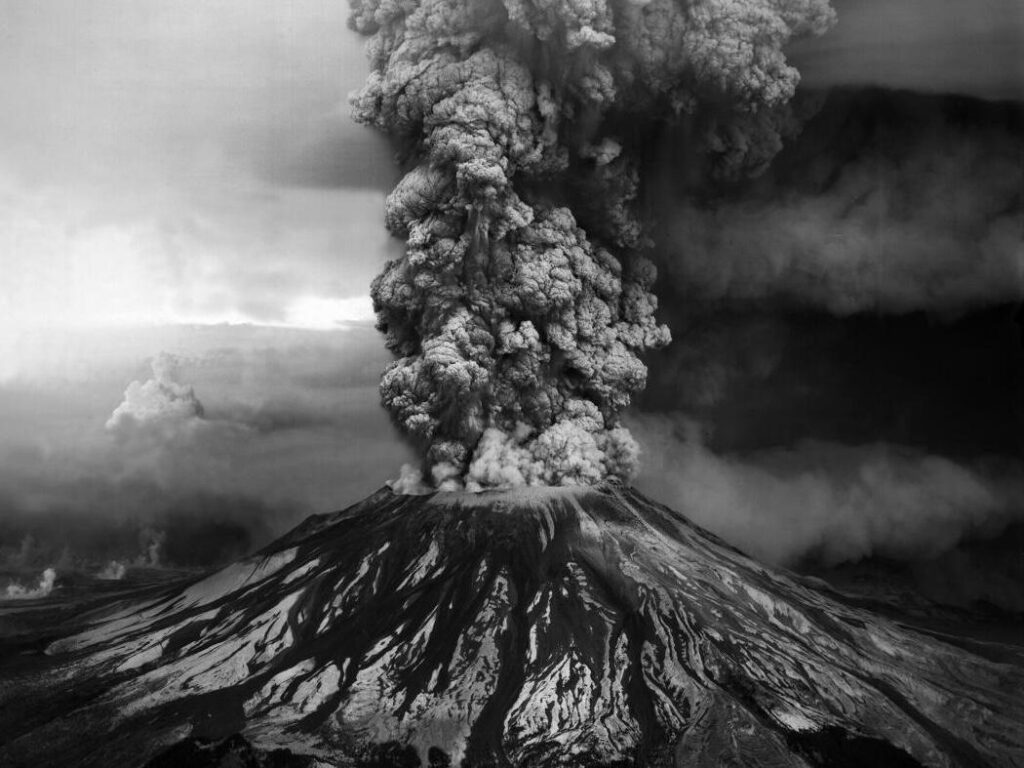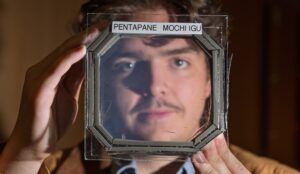
For communities residing near volcanoes, the threat extends beyond the immediate dangers of lava flows and ash clouds. Catastrophic events, such as the dramatic collapses of volcanic slopes, pose significant risks, as evidenced by historical eruptions at Mount St. Helens in Washington and Anak Krakatau in Indonesia. The latter’s collapse triggered tsunamis responsible for the majority of fatalities during its infamous 1883 eruption.
Despite the severe implications of these events, the scientific understanding of their triggers remains incomplete. To address this, Christelle Wauthier, an associate professor at Penn State’s Department of Geosciences, has spearheaded the development of advanced models designed to assess a volcano’s stability and forecast potential slope collapses.
Understanding Volcanic Instability
The newly developed models, detailed in the Journal of Geophysical Research: Solid Earth, offer a tool for local authorities and communities to evaluate the risk of volcanic slope collapses before they occur. “The input of magma beneath a volcano exerts tremendous pressure on the crust, far exceeding water pressure,” explained Wauthier. “This force can destabilize the volcano, but pinpointing the exact conditions for instability is complex.”
Drawing from real-world instances of volcanic slope slips, such as those in Hawaii, Wauthier and her team have devised a method to predict how slopes might react to rising magma under various conditions. The models consider where surface sliding is more or less probable, based on expected changes in stability.
Predictive Modeling and Monitoring
The innovative models build on existing knowledge of magma location, suggesting that rising magma can cause slippage along faults—fractured zones where rock blocks can move relative to each other. “Identifying areas of a volcano more prone to collapse allows for strategic placement of sensors like seismometers or GPS, enabling real-time monitoring of risky flanks,” Wauthier noted.
Key to these predictions is the study of fault dips, or the angle of rock fractures relative to the surface. Researchers found that ground is more likely to give way on slopes with shallow fault dips, particularly if magma opens the crust beneath the summit. Steeper flanks with more vertical fault dips also exhibit instability.
“This fundamental research can have useful applications to better assess specific collapse hazards and areas of the volcano that are more susceptible to instability,” Wauthier said.
Historical Context and Future Implications
Historically, volcanic collapses have posed significant threats to human life. The 1980 eruption of Mount St. Helens, which resulted in 57 deaths and widespread destruction, exemplifies the danger. Similarly, the 1883 eruption of Anak Krakatau caused over 36,000 deaths, with tsunamis reaching heights of over 100 feet.
Wauthier’s research also includes analysis of the 2018 Anak Krakatau collapse, which resulted in over 400 deaths. Her findings indicate that the mountainside had been slipping for years, highlighting the potential for early detection and prevention.
Most explosive volcanoes form along subduction arcs, where tectonic plates are subducted beneath one another. These regions, often near coastlines, include areas like Indonesia and Alaska’s Aleutian Islands. While Hawaiian volcanoes are less explosive, they too can be unstable.
Looking Ahead
Future research aims to refine these models and test them under diverse conditions. Collaborators in this study include experts from Texas Tech University and the South Dakota School of Mines and Technology, supported by grants from the U.S. National Science Foundation and NASA.
At Penn State, researchers are tackling real-world problems that affect global safety and quality of life. However, recent federal funding cuts threaten to hinder this progress. Understanding the potential consequences of these cuts is crucial for maintaining advancements in safety and innovation.
For more information on the impact of federal funding on research, visit Research or Regress.






